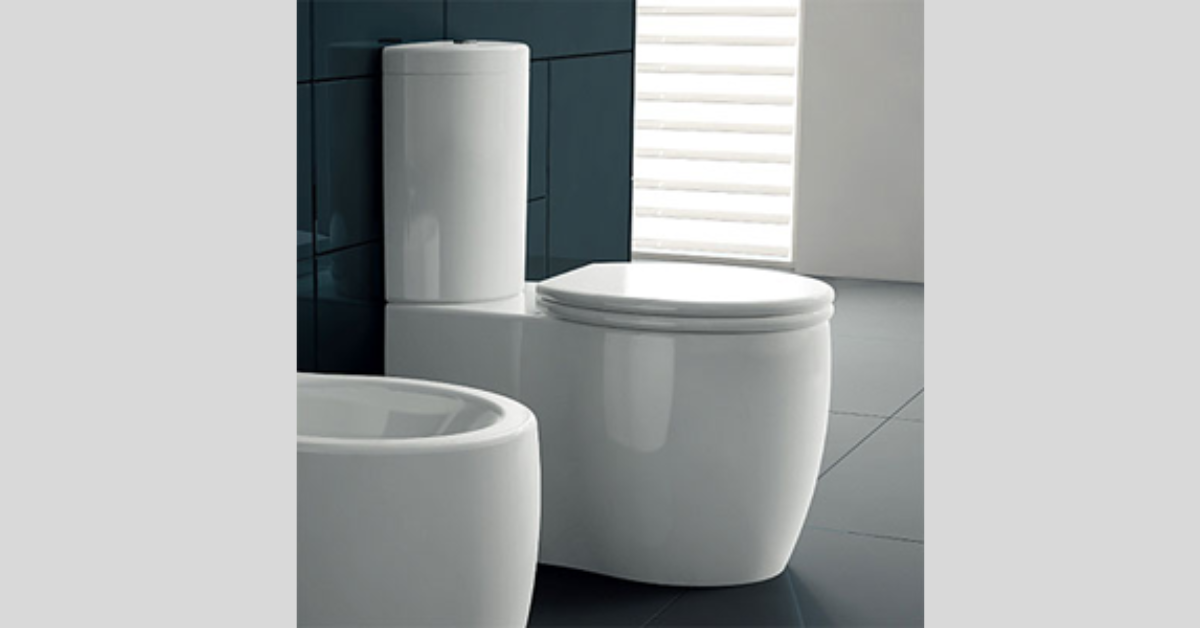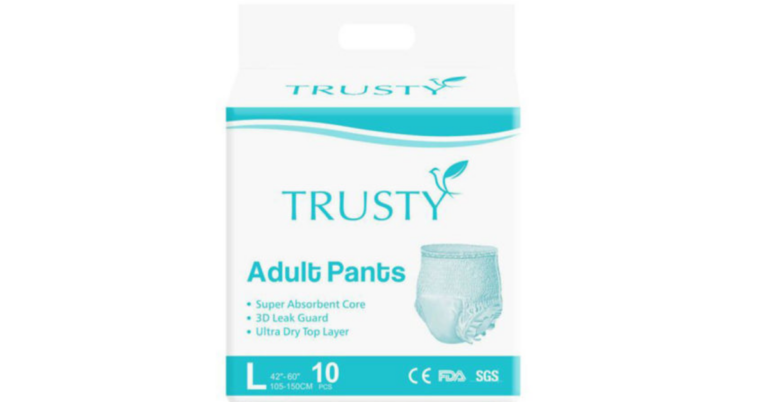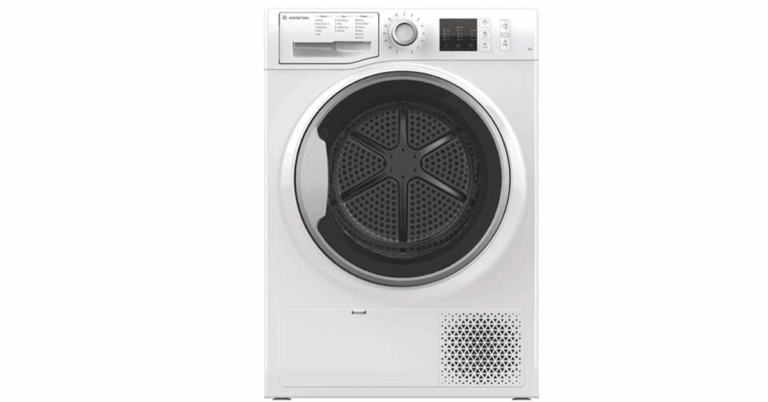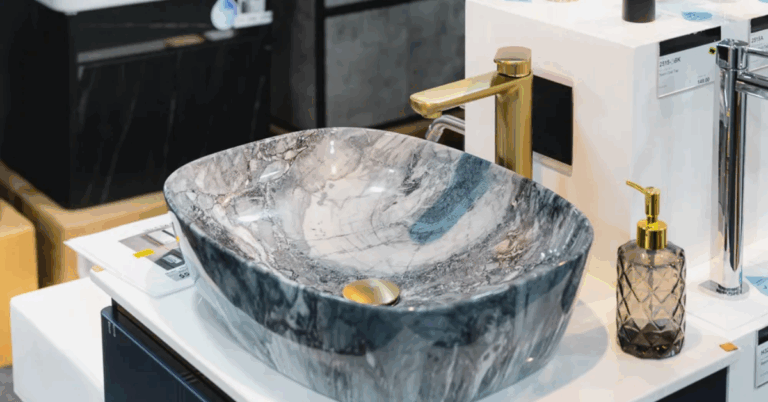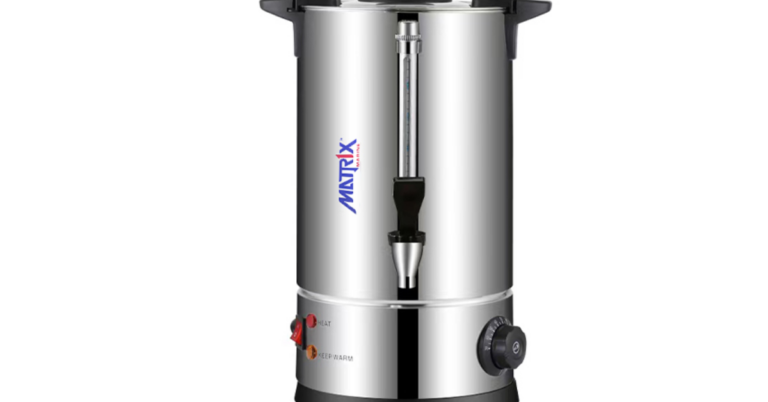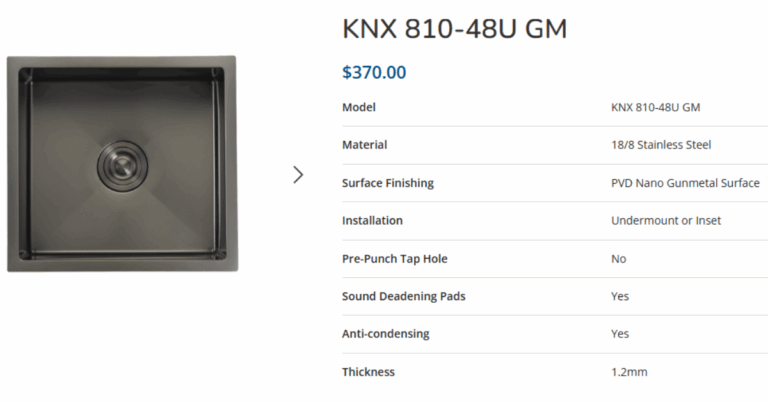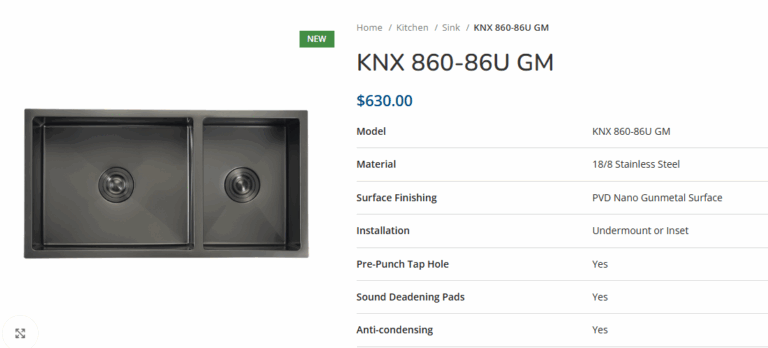Choosing the Right Toilet Bowl Singapore: A Buyer’s Guide for Quality, Design & Functionality
In today’s modern homes and commercial spaces, the phrase Toilet Bowl Singapore carries more weight than just referring to the basic fixture. In Singapore, where space is at a premium and high standards of hygiene are nonnegotiable, selecting the right toilet bowl involves thoughtful consideration of design, flushing efficiency, water consumption, and maintenance ease. Whether you’re upgrading a small bathroom in a HDB flat or outfitting a luxury condominium, the ideal toilet bowl blends form and function to meet the demanding expectations of local users.
1. Why the Toilet Bowl Matters More in Singapore
Because Singapore is a city-state defined by limited land, compact living, and high levels of cleanliness, the toilet bowl is not a mundane fixture—it is a focal point of engineering, design, and usability. Key reasons why choosing the right toilet bowl is especially important here include:
-
Water conservation requirements: Singapore’s emphasis on resource efficiency encourages fixtures with more compact flush volumes and dual-flush mechanisms.
-
Space constraints: Many bathrooms are tight; wall-hung or compact models help save floor space.
-
High hygiene expectations: Rimless, seamless, and easy-to-clean designs help prevent bacterial growth and dirt accumulation.
-
Durability under frequent usage: In multi-unit residential or commercial settings, toilets must sustain heavy daily use without degrading performance.
Because of these factors, brands and suppliers in Singapore have adapted their product lines accordingly—offering features such as tornado flushing, rimless bowls, concealed cisterns, and more.
2. Types of Toilet Bowls & Their Pros and Cons
When shopping for a toilet bowl in Singapore, you’ll typically encounter several types. Understanding their strengths and trade-offs helps you make a better choice.
| Type | Description | Advantages | Disadvantages / Considerations |
|---|---|---|---|
| One-piece toilet bowl | Bowl and cistern are integrated into a single seamless unit | Sleek, easier to clean (no awkward seams), compact footprint | Typically more expensive; may be heavier and harder to install |
| Two-piece toilet bowl | Traditional separate bowl and tank assembly | More cost-effective; easier to transport and install in parts | More joints and seams may make cleaning trickier |
| Wall-hung toilet bowl | Mounted on the wall, with cistern hidden in wall cavity | Opens up floor space, gives a minimalist look, easier floor cleaning underneath | Requires strong wall support and concealed plumbing; higher installation cost |
| Rimless / rimless-design bowl | No inner rim, flush jets directly into the bowl | Reduces hidden crevices, easier to clean, less bacterial buildup | May cost more; water pressure must be adequate for effective cleaning |
| Compact / short projection bowl | Bowl with shorter front-to-back length | Ideal for small bathrooms or narrow spaces | Might feel a bit more compact (less legroom) for taller users |
In Singapore, because bathrooms are often modest in size, wall-hung and rimless models are particularly appealing for their visual lightness and ease of maintenance.
3. Flushing Technology & Water Efficiency
One of the most critical aspects of a toilet bowl is how it flushes. In Singapore, water usage is a key concern for homeowners and governing bodies alike. Here are common flushing systems and what to look for:
-
Siphon flushing: Traditional method where water swirls to pull waste down. Reliable but may use more water.
-
Wash-down / gravity flushing: Releases water directly downwards; can be simple but may require stronger water pressure.
-
Tornado / cyclonic flushing: Multiple high-velocity jets swirl water powerfully, covering the bowl thoroughly—good for efficient cleaning and lower flush volume.
-
Dual-flush mechanism: Offers a smaller flush (e.g. 3 L) for liquid waste and a full flush (e.g. 6 L) for solid, conserving water over time.
When buying a Toilet Bowl Singapore model, look for ones that advertise water-saving flushing or eco-flush features. The ideal design marries strong flushing performance (i.e., one flush clears waste entirely) with minimum water consumption.
4. Materials, Coatings & Finish
A toilet bowl’s longevity and user experience depend greatly on material quality and surface treatments:
-
Vitreous china / ceramic: The most common and reliable; strong and smooth.
-
Sanitary grade porcelain: Premium option; high durability and gloss.
-
Nano or hydrophobic coating: Reduces adhesion of stains or bacteria, making cleaning simpler.
-
Glazed or anti-bacterial surfaces: Helps inhibit microbial growth and maintain hygiene.
In humid climates such as Singapore, having a glaze or coating that resists mold, stains, and mineral buildup is especially beneficial.
5. Size, Form & Ergonomics
Not all toilet bowls are created equal in terms of how comfortable or appropriate they are for a given bathroom layout. Key factors include:
-
Bowl height: Standard bowl heights are lower; comfortable (or universal / “comfort height”) bowls are higher which many users prefer, especially senior users.
-
Bowl shape: Round or elongated bowls—elongated tend to be more comfortable but require more space.
-
Projection / depth: Short projection models are better for narrow bathrooms.
-
Trapway width & design: Wider, smoother trapways help waste to pass more easily and reduce clogging risk.
When measuring your bathroom, allow enough clearance in front of the toilet (typically at least 21–24 inches / ~53–61 cm) and consider door swing or nearby fixtures.
6. Installation & Maintenance Tips
To ensure your Toilet Bowl Singapore model stays functional and looks good over time:
-
Proper leveling & alignment: Even minor misalignment can cause leaks or uneven wear.
-
Use quality seals and wax rings: Prevent water seepage at base connections.
-
Avoid abrasive cleaners: Use mild pH-neutral bathroom cleaners to protect coatings.
-
Inspect flush valves & gaskets periodically: Replace worn parts to prevent leaks or weak flushes.
-
Clean under the rim and trapway: Even rimless designs benefit from occasional deep cleaning.
-
Check water pressure and flow: Low pressure may reduce flush effectiveness; a pressure booster may help in some setups.
When replacing a toilet in a renovation, check for compatibility with plumbing rough-ins, drainage slopes, and wall support (for wall-hung units).
7. Trends in Singapore’s Toilet Bowl Designs
Singapore’s market reflects certain trends driven by urban lifestyles and consumer preferences:
-
Minimalist / modern aesthetics: Clean lines, concealed cisterns, colors that blend seamlessly with the bathroom palette.
-
Smart / sensor toilets: Features such as auto flush, heated seats, built-in bidet—though these are more niche and premium.
-
Environmentally friendly designs: Low flush, water-saving certifications, and materials with lower environmental impact.
-
Space-optimized models: Wall-hung, back-to-wall, and compact front toilets tailored to small bathrooms.
As Singaporeans increasingly invest in quality home design, toilet bowls evolve from purely utilitarian items to design statements within bathrooms.
8. Practical Shopping Advice for Singapore Buyers
Here are guidelines to make your purchase smoother:
-
Set your budget first: There’s a wide range—from economical to premium designer models.
-
Check water pressure compatibility: Some high-efficiency models need adequate water pressure to perform well.
-
Request to see working demonstrations: Flush performance is something you must observe.
-
Warranty & parts availability: Ensure spare parts like flush valves, seats, and gaskets are easy to obtain locally.
-
Consult with your plumber or contractor early: They can advise whether wall reinforcement or altered plumbing is needed.
-
Prioritize ease of cleaning and ergonomics: Design beauty matters, but if the shape traps grime, it defeats the purpose.
9. Building the Ideal Bathroom Experience
It’s worth remembering that the toilet bowl is one component of a bigger ecosystem in your bathroom. To create a comfortable, hygienic, and efficient environment, consider:
-
Complementary accessories: Bidet attachments, soft-close seats, odor control, anti-bacterial seat covers.
-
Drainage and ventilation: Proper venting avoids odors and slow drainage.
-
Overall aesthetic cohesion: Harmonize the toilet’s design with sink, tiles, fixtures.
-
User demographics: If elderly, children, or differently-abled users will use it, choose a model accordingly.
10. Conclusion
For anyone searching specifically for a Toilet Bowl Singapore solution, the selection requires balancing form, function, and efficiency. The right toilet can elevate your bathroom into a space that is hygienic, stylish, and water-smart. By considering factors such as flushing mechanisms, rimless design, compact layouts, and materials, you can ensure that your choice is both practical and elegant.
Take time to measure your space, consult with professionals, and test models. In Singapore’s tight living environment, leaving no detail unchecked can be the difference between a bathroom you tolerate and a bathroom you enjoy every day.

